Tea from China
Green Tea is tea in its freshest, least processed form There are two kinds of production methods: steamed, practised mainly in Japan, and roasted (‘panfired’), predominantly used in China. Steamed tea is made with hot water vapor. To make panfired tea, freshly picked leaves are dried on bamboo sieves for about 2 hours and then briefly roasted by hand in wok-like pans that are warmed over a wood fire. This prevents the tea from fermenting.
China produces exquisite black teas, such as Qui Men Hong Cha (Keemun) from Anhui Province. In the south west of Yunnan Province Dianhong (Golden Yunnan) is produced in many different qualities.
Only the unopened buds of the tea plant are used to produce white tea. The delicate buds are withered on shaded bamboo screens before being carefully air-dried further. The process for producing yellow tea resembles that for white tea, except that a short, heat-based fermentation process is induced after it has gone through the initial drying process.
The production of Oolongs is extremely labour-intensive and demands considerable skill. some Oolongs are only very lightly fermented (about 12%), such as Pouchongs, and others up to 50%, like Da Hong Pao, for instance.
Explore a myriad of specially sourced teas, such as tea braids, tea pressed into bamboo canes, dragon beards, tea bricks, tea cones and many other handmade specialties. Some may taste quite foreign to European palates and can take some getting used to, such as Pu’Er, which comes in many different grades, shapes and ages.



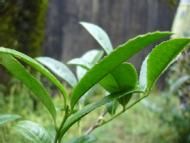
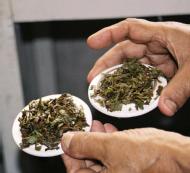
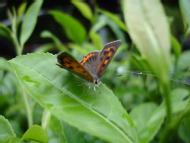
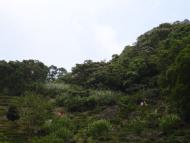
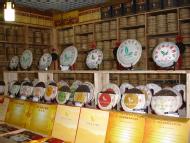



 To the shopping cart
To the shopping cart


